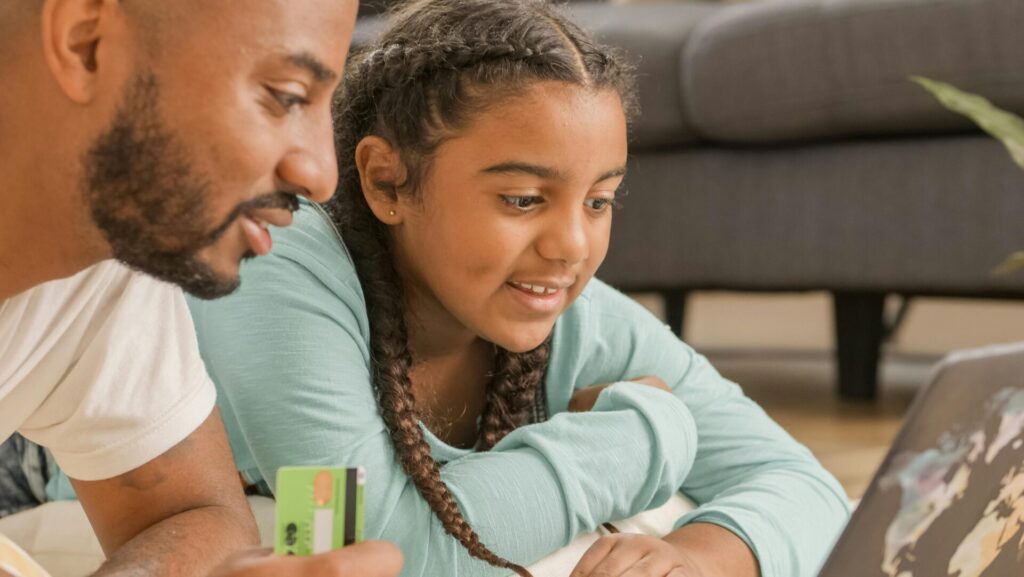 There are few life events more exciting than having a baby, but for many first-time parents, that excitement often leads to over-spending. It’s easy to get carried away with cute baby gear, stuffed animals and mommy and me classes, but all that spending during the first year can put your family’s long-term financial security at risk. With a little planning, you can avoid making these costly money mistakes:
There are few life events more exciting than having a baby, but for many first-time parents, that excitement often leads to over-spending. It’s easy to get carried away with cute baby gear, stuffed animals and mommy and me classes, but all that spending during the first year can put your family’s long-term financial security at risk. With a little planning, you can avoid making these costly money mistakes:
Buying Too Much Clothing
Kerry K. Taylor, author of 397 Ways to Save Money, admits her biggest financial mistake as a first-time parent was pre-buying too much clothing. “You never know how fast your kid is going to grow or what season that winter coat is actually going to fit them in,” she says. When Kerry, who considers herself a savvy shopper and shares her financial wisdom on her personal finance blog squawkfox.com, laid eyes on a brand new pair of running shoes marked down by $25, she immediately snatched them up for her two-year-old daughter Chloe, not knowing Chloe would skip two shoe sizes. “It might have been a savings of $25 on a new pair of shoes, but it was actually a waste of $25 because she can’t wear them,” laments Kerry. Rather than filling your new baby’s closet with everything from newborn onesies to Baby Gap overalls, search for sales when you know your child actually needs the gear.
Over-Stocking Your Nursery
From diaper-wipe warmers to crib bumpers, you can spend a ton of money on items that will simply gather dust in your nursery. “I had a friend who pre-bought breast pumps, nursing pillows and breast pads, and it turned out she couldn’t breast feed,” says Kerry. It can be tempting to stock your home with every baby item in the store, but spend some time learning what are you and your child’s must-haves. This can help you keep money in your bank account for the things you really need.
Buying Everything New
Hand-me-downs are a new parent’s best friend, but if you don’t have friends and family members with children, second-hand shops such as Value Village or Once Upon a Child can be a goldmine for new parents looking for gently used items. From clothing to strollers, play gyms and cribs, shopping for used items can save you as much as 50 percent, and don’t let small defects defer you. “Turning down a lightly used piece of clothing because it has a small stain on it is a big mistake,” says Kerry. “I assure you, your baby is going to stain your clothing too.” When purchasing cribs or strollers second-hand though, be sure to do your homework and check for recalls and product warnings.
Not Considering Cloth Diapers
It’s not only eco-conscious parents who are choosing cloth over disposables. Money-savvy parents know the average child will go through 6,000 to 10,000 diapers in their lifetime. At 20 cents a diaper that adds up to $1,200 to $2,000. While cloth diapers are a considerable upfront investment, costing anywhere from $400 to $800 for a set, the long-term savings are worth it. Keep in mind, these savings are diminished if you’re using a diaper service. Another way you can save on cloth diapers? You can sell them once your child is diaper trained or re-use them on a second child.
Ignoring Education Savings
Sending your child to university can seem a lifetime away when you’re changing poopy diapers, but investing now in their education will yield huge savings later on. The Canada Education Savings Grant provides a boost to RESP funds, giving up to $500 per year on the first $2,500 of RESP contributions made, up to a maximum grant of $7,200 in a child’s lifetime. Ottawa Financial Planner, Ayana Forward, advises parents who are having trouble finding spare cash to invest in RESPs to use their Universal Child Tax Benefit of $100 per month towards their child’s RESP.
Missing Out on Child Care Deductions
Ayana says the biggest financial mistake she sees new parents make is not knowing all the tax breaks children can bring. The largest missed deduction is the child care deduction, which allows the lower-income earning spouse to claim a maximum of $7,000 for each child under seven. “This can be especially helpful to parents who are deciding whether or not to go back to work,” says Ayana. In order to claim this deduction, you’ll need a tax receipt from your day care provider. An unlicensed sitter won’t cut it.
Originally published in ParentsCanada magazine, May 2015.










